
Donald Glover, the multi-talented artist known as Childish Gambino, revealed on November 23, 2025, that he suffered an ischemic stroke in late 2024 — at just 41 years old — while on tour for The New World Tour. The disclosure came during a surprise appearance at Camp Flog Gnaw, the annual music festival hosted by Tyler Gregory Okonma at Dodger Stadium in Los Angeles. What began as a quiet moment of reflection turned into a raw, powerful testimony about health, responsibility, and second chances.
"I Was Afraid I Was Letting Everyone Down"
Glover described the moment symptoms struck during a concert in New Orleans, where he felt "a really bad pain in my head" and sudden vision loss. Despite the warning signs, he finished the show. "I did the show anyway," he said, his voice steady but emotional. "That’s really like the second thing. The first thing was like, ‘I’m letting everybody down.’" He flew to Houston, where doctors confirmed an ischemic stroke — a blockage in a blood vessel supplying the brain. What they found next stunned even him: a congenital heart defect known as a patent foramen ovale (PFO), a hole between the upper chambers of his heart that had gone undetected since birth. The condition, often harmless, can allow blood clots to bypass the lungs and travel to the brain — a direct pathway to stroke."I thought I was copying Jamie Foxx," Glover admitted, referencing Jamie Foxx, who suffered a stroke at 55 in April 2023. "But I didn’t want to be him. I just didn’t want to be dead." The comparison wasn’t about mimicry — it was about shared vulnerability. Both men experienced headaches as their first symptom. Both kept performing. Both were lucky to survive.
The Tour That Never Finished
The New World Tour — a global concert series spanning North America, Europe, and Australia — was abruptly derailed. On September 15, 2024, Glover canceled all remaining North American dates, citing "physical health concerns." By October 10, 2024, the entire tour was scrapped. In a now-deleted X post, he wrote: "I could not perform the rest of the US tour in the time asked. As of now, I have surgery scheduled and need time out to heal." What wasn’t publicly disclosed then — but revealed now — was that the stroke triggered a cascade of medical crises. In addition to the PFO repair, Glover required surgery for a broken foot sustained during the tour. He underwent two separate cardiac procedures to close the hole in his heart, each carrying risks of complications, infection, or recurrence. His management team at Gilga, his Los Angeles-based production company, had offered only vague statements about "health reasons," shielding the public from the full gravity of his condition.
Why This Isn’t Just a Celebrity Story
Glover’s case isn’t an anomaly — it’s a warning. According to data from the American Heart Association, stroke rates among adults under 45 have surged by 42% over the past two decades. Business Insider reported that younger adults are increasingly experiencing strokes linked to lifestyle stressors, undiagnosed heart conditions, and delayed medical care — often because they don’t believe it can happen to them. "We think strokes are for grandparents," said Dr. Lena Ruiz, a neurologist at Cedars-Sinai Medical Center, who was not involved in Glover’s care but has studied this trend. "But when you’re touring, sleeping on buses, skipping meals, ignoring headaches because you’ve got a show — your body screams, and you keep dancing. That’s when the damage stacks up." Glover’s story mirrors others: athletes, musicians, young parents. The symptoms — headache, blurred vision, dizziness — are often dismissed as fatigue or dehydration. By the time they seek help, it’s too late for prevention. Only 12% of stroke patients under 45 receive timely clot-busting treatment, per a 2024 Journal of the American Stroke Association study."The Second Life Starts When You Realize You Have One"
At Camp Flog Gnaw, Glover didn’t just share trauma — he offered redemption. "They say everybody has two lives," he told the crowd. "And the second life starts when you realize you have one. You should be living your life how you want. If we have to do this again, it can only get better." The quote, often misattributed to Confucius, became his mantra. He’s no longer chasing perfection. He’s choosing presence. He’s learning to rest. To say no. To listen.His return to the stage wasn’t a comeback. It was a quiet declaration: I’m still here. And I’m not going to waste it.
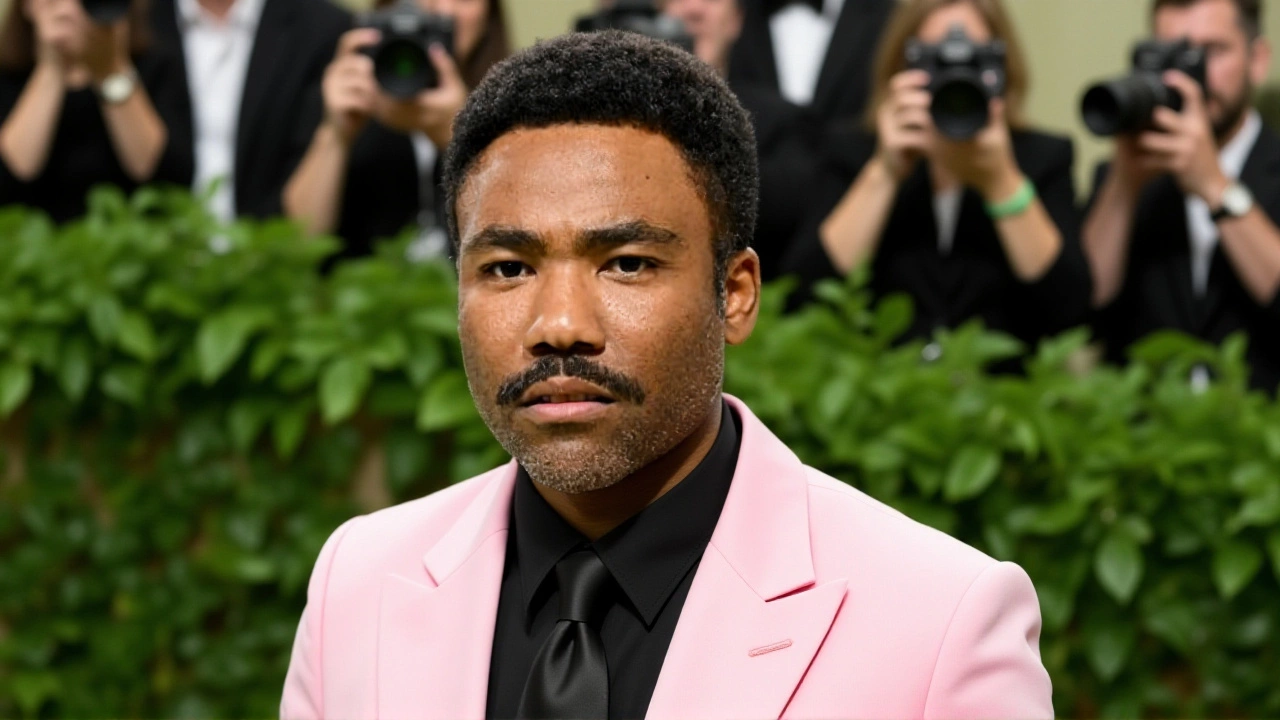
What’s Next for Childish Gambino?
No official plans for new music or tours have been announced. But Glover hinted at creative projects in development — ones that prioritize sustainability over spectacle. His team confirmed he’s working with neurologists and cardiologists on a long-term recovery plan, including physical therapy and cardiac monitoring. He’s also speaking with advocacy groups to raise awareness about strokes in young adults.Meanwhile, fans are sharing their own stories online. "I ignored my headache for three days," wrote one Twitter user. "I had a stroke. I’m 38. I didn’t know it could happen to me. Thank you, Donald." The ripple effect is real. And it’s growing.
Frequently Asked Questions
What is a patent foramen ovale (PFO), and how did it cause Donald Glover’s stroke?
A patent foramen ovale (PFO) is a small hole between the heart’s upper chambers that normally closes after birth. In about 25% of adults, it stays open. While often harmless, it can allow blood clots to bypass the lungs and travel directly to the brain, triggering a stroke. In Glover’s case, the clot likely formed due to physical stress during touring and passed through the PFO, leading to his ischemic stroke in Houston.
Why are strokes increasing in young adults like Glover and Jamie Foxx?
Strokes in adults under 45 have risen 42% over the past 20 years, according to the American Heart Association. Contributing factors include rising rates of obesity, diabetes, high blood pressure, chronic stress, and sedentary lifestyles — all exacerbated by demanding careers. Many young people ignore symptoms like headaches or dizziness, mistaking them for exhaustion. Delayed treatment increases risk dramatically.
Did Donald Glover’s previous foot injury contribute to his stroke?
Not directly. However, the broken foot — sustained during the tour — likely led to reduced mobility and increased inflammation, both of which can elevate clotting risk. Combined with the physical strain of performing, lack of sleep, and dehydration, these factors created a perfect storm. The stroke was caused by the PFO, but the foot injury may have accelerated the conditions that made it more likely.
What should young people do if they experience sudden headaches or vision changes?
Don’t dismiss them. Sudden, severe headaches — especially with vision loss, dizziness, or speech trouble — are red flags for stroke, even in young, healthy people. The FAST acronym (Face drooping, Arm weakness, Speech difficulty, Time to call 911) still applies. Early treatment within four hours can prevent permanent damage. Glover’s experience shows that ignoring symptoms can be life-altering.
Is Donald Glover planning to return to touring or recording music?
No official plans have been announced, but Glover indicated he’s focused on long-term health and meaningful projects. He’s reportedly working with medical experts on a sustainable recovery plan and may return to creative work — but on his terms. His emphasis now is on quality over quantity, rest over rush. Fans should expect something thoughtful, not rushed.
How has the public reacted to Glover’s revelation?
The response has been overwhelmingly supportive, with thousands sharing personal stroke stories online. Advocacy groups like the American Stroke Association reported a 300% spike in website traffic in the 48 hours after his speech. Many credit Glover with breaking the stigma around young adult stroke — and showing that vulnerability isn’t weakness. His honesty has sparked national conversations about health in high-pressure careers.
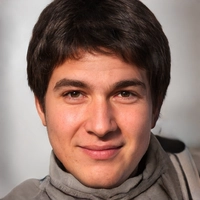
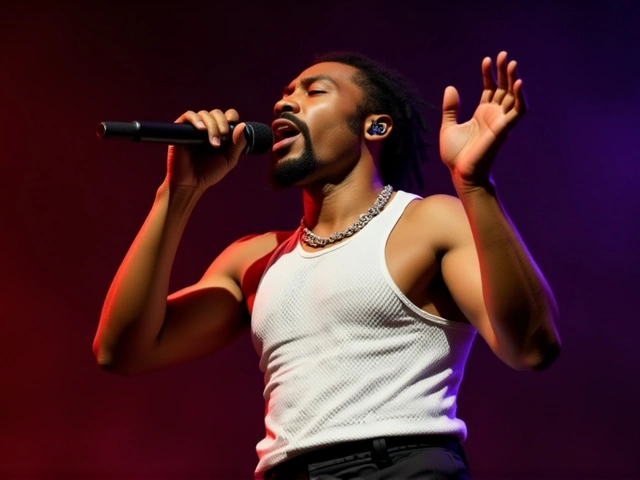

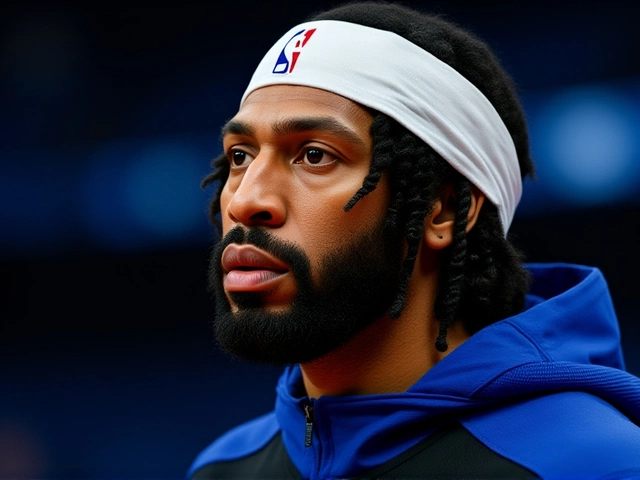

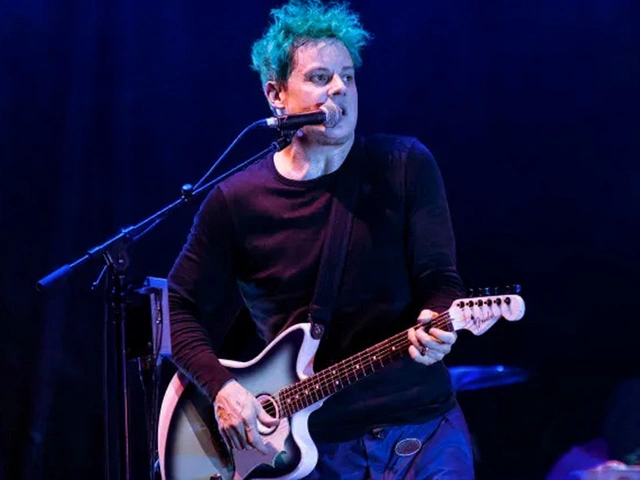
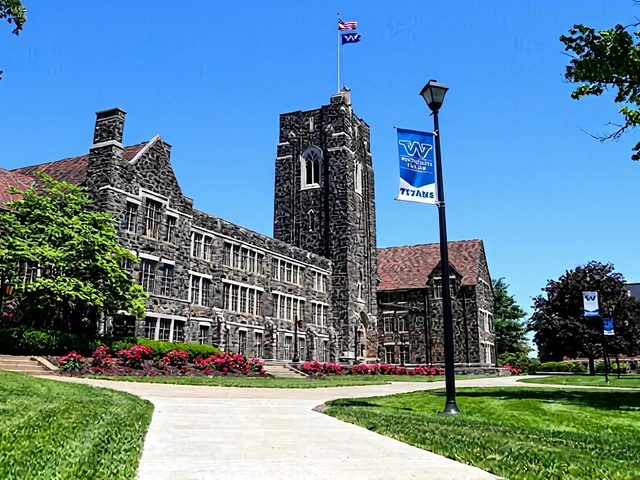
Write a comment